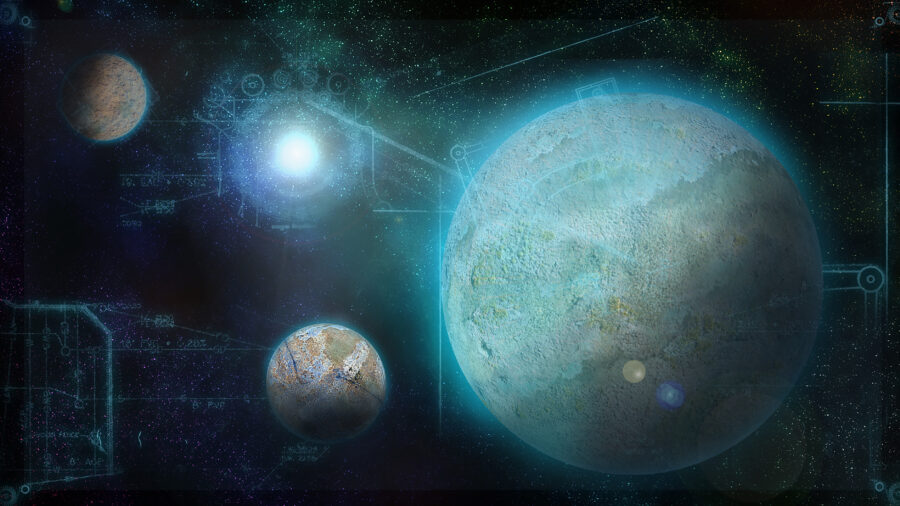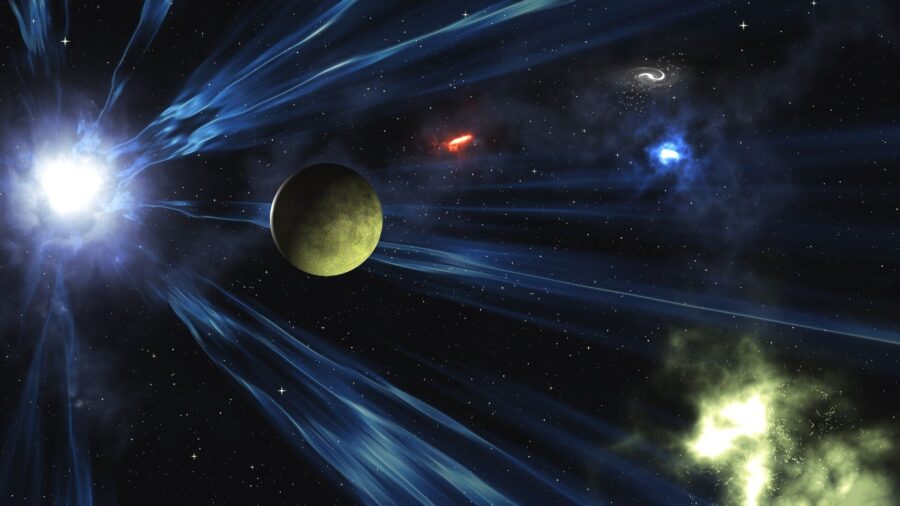The Soot Line Is A New Area Where Habitable Planets Can Exist
A scientific study of the soot line suggests we should explore this region of space for possible habitable planets.

Astronomers have discovered a new approach to broaden the quest for habitable planets. Along with his team, Edwin Bergin, a researcher from the University of Michigan, suggests exploring the space between the star and soot line in planet-forming disks. Planets that form in this zone could have surfaces rich in carbon compounds that are very different from Earth.
According to Universe Today, these planets would also contain a large volume of organic carbon. However, these soot line planets may also be water-poor. While that doesn’t sound great for habitability, it’s worth noting that Earth is also water-poor. Although 71 percent of our planet is covered in water, it contains just 0.1 percent water by mass.
Due to its low water content, scientists believe that Earth formed inside the frost line, which is further from the sun. Celestial bodies beyond that line, such as icy moons with subsurface oceans, usually have a larger percentage of water. As such, Bergin’s research titled “Exoplanet Volatile Carbon Content as a Natural Pathway for Haze Formation” urges scientists to consider the soot line.
“It adds a new dimension to our search for habitability. It may be a negative dimension, or it may be a positive dimension,” Bergin said. “It’s exciting because it leads to endless possibilities.” His research could also explain why Earth has so little carbon. Intense heat and solar radiation might have had transformative capabilities if its building blocks came together within the soot line.
Under these conditions, carbon-rich compounds would have been converted into gas and restricted the amount of carbon present in the solid components that contributed to the formation of Earth. While planets in the soot line don’t seem to exist within our solar system, it’s important to note that ours is not a typical representation of the diverse array of planetary systems discovered elsewhere in the universe.
Every planetary system exhibits remarkable variations, with planets positioned closer to their host stars and displaying considerably larger sizes. These systems, ranging from super-Earths to mini-Neptunes, offer a captivating contrast to Earth. In the study, the team explores the formation of a planet rich in silicate materials, with carbon content ranging from 0.1 percent to 1 percent, within the soot line region.

Their soot line findings indicate that such a planet would develop an atmosphere abundant in methane, a process known as outgassing. In this scenario, organic compounds within a silicate-rich world create a methane-rich atmosphere. The presence of methane creates favorable conditions for the production of hazes through interactions with stellar photons.
This phenomenon is similar to the generation of hazes observed from methane in Titan, a moon in our own solar system. “Planets that are born within [the soot line], which exists in every planet-forming disk system, will release more volatile carbon from their mantles,” Bergin said. “This could readily lead to the natural production of hazes.”
The presence of hazes in exoplanetary atmospheres represents a significant discovery that could reshape our understanding of habitable worlds. A higher concentration of carbon, which is the fundamental building block of life, within a planet’s mantle increases the likelihood of it being deemed habitable or at least deserving of further exploration.











